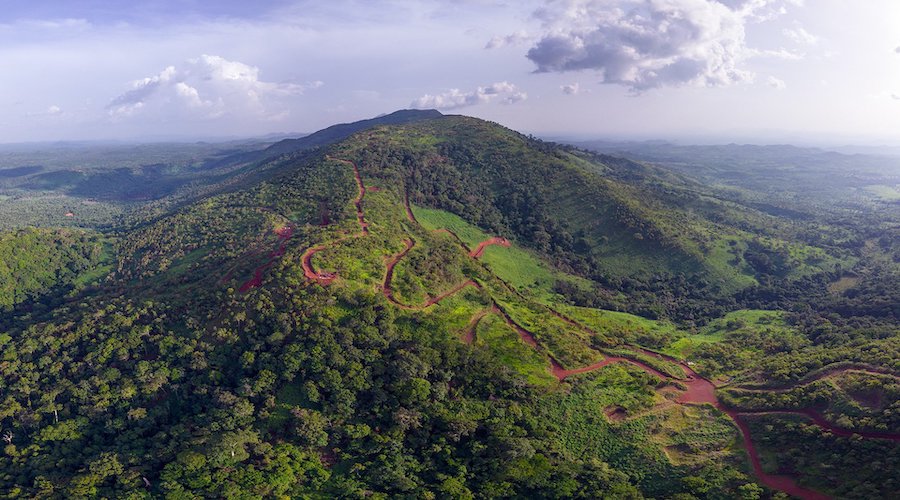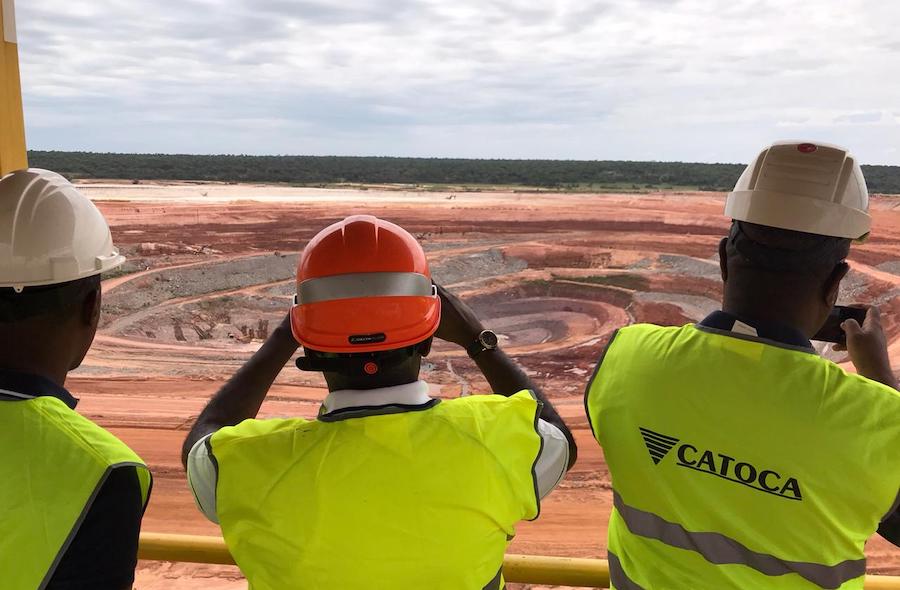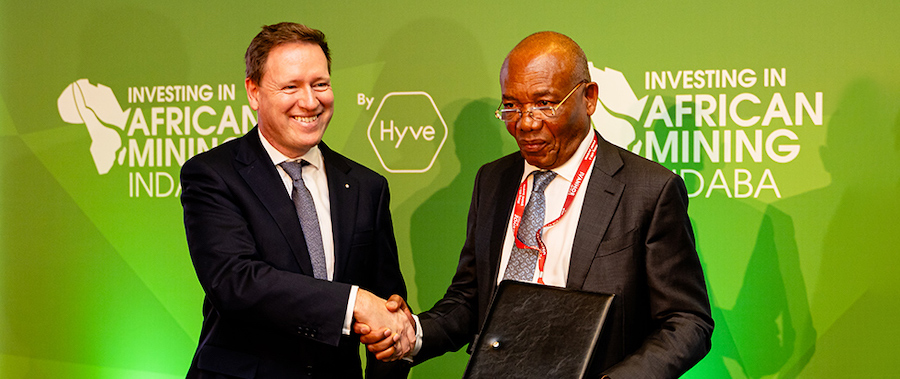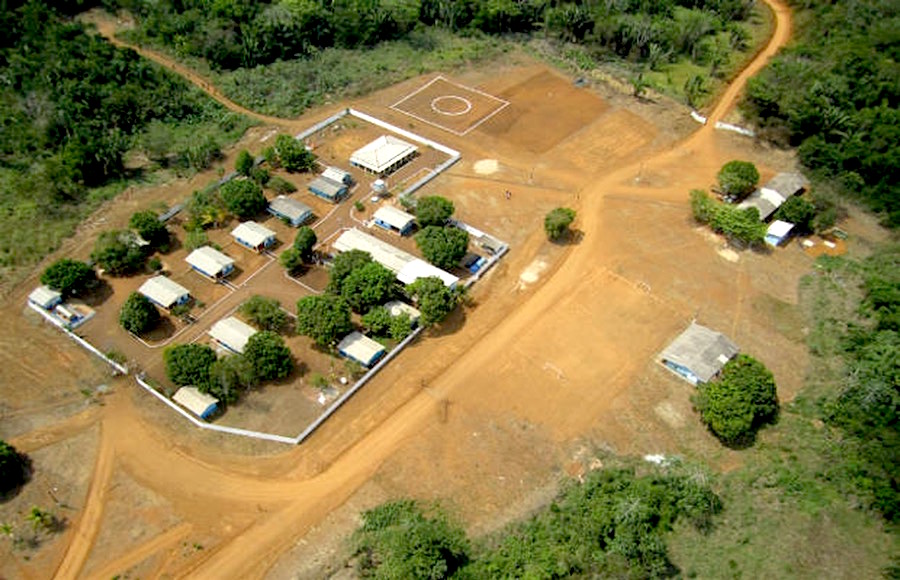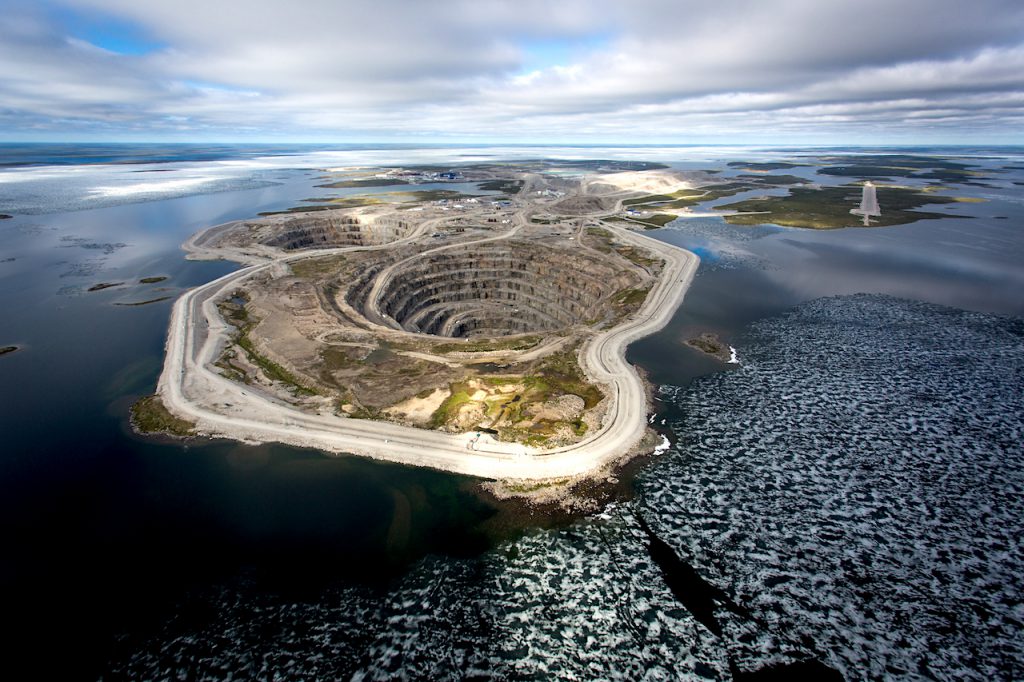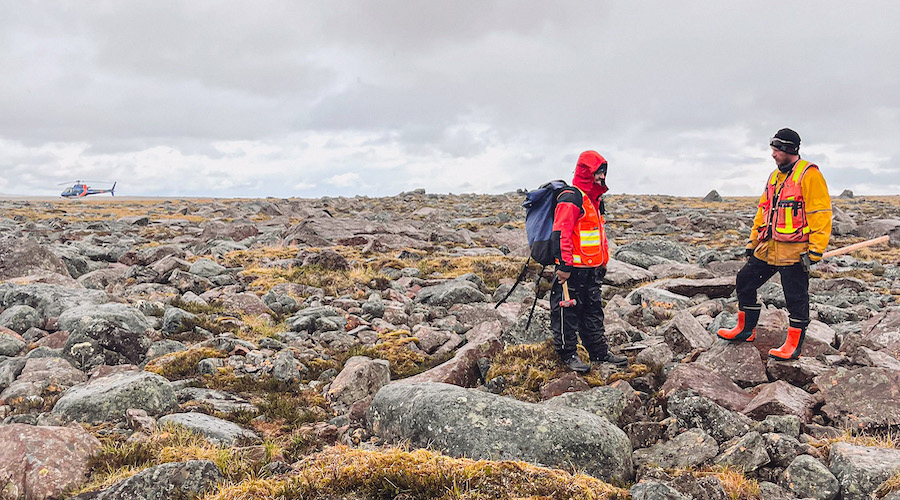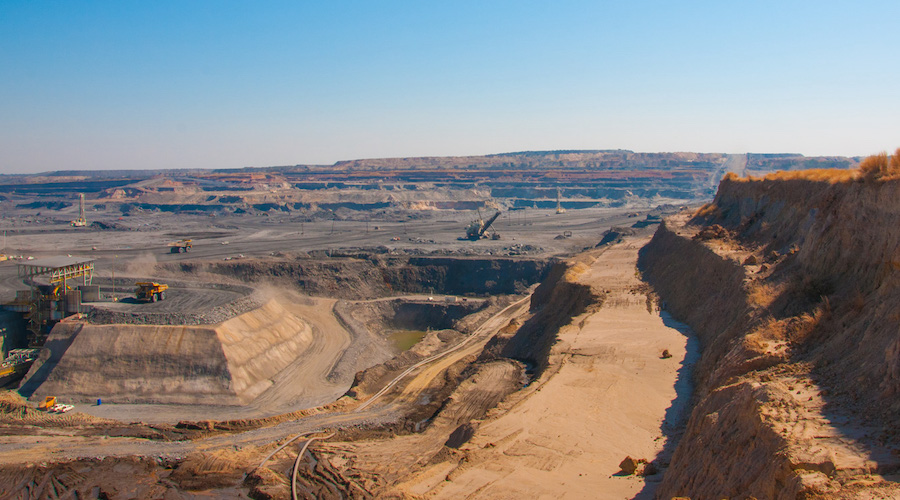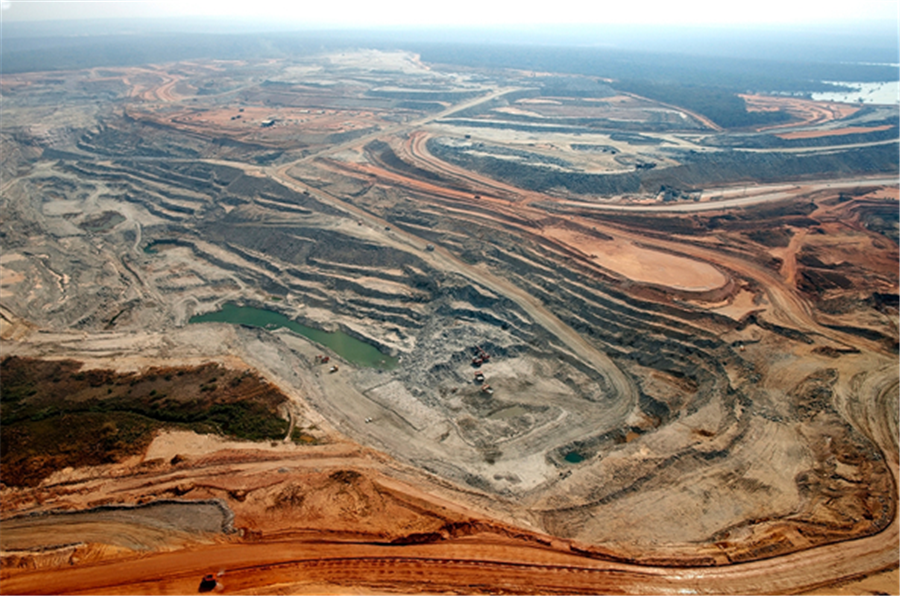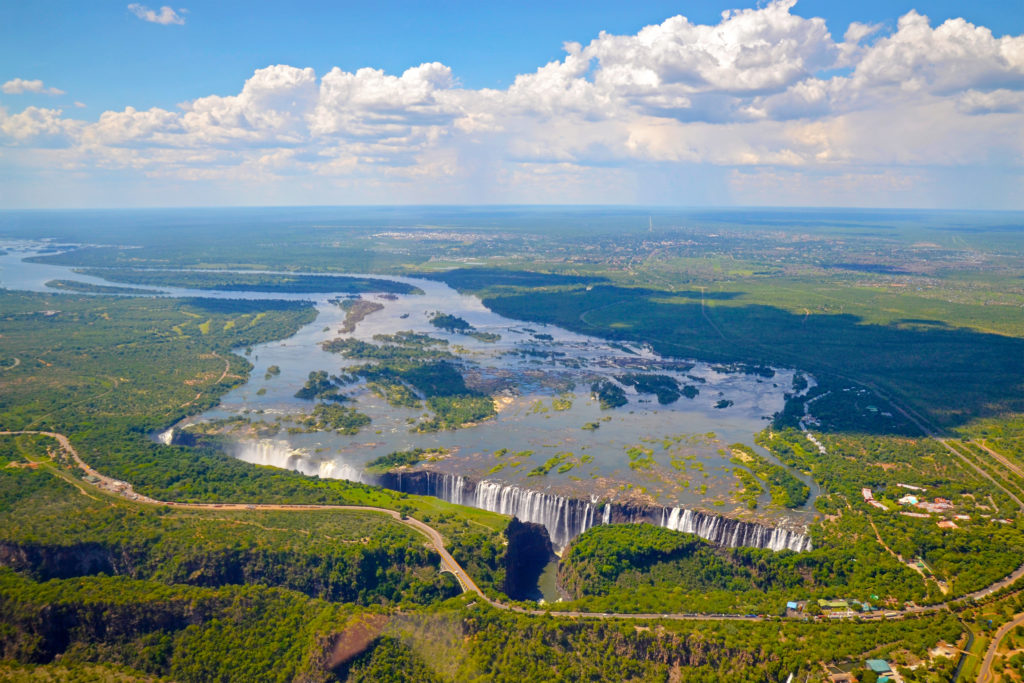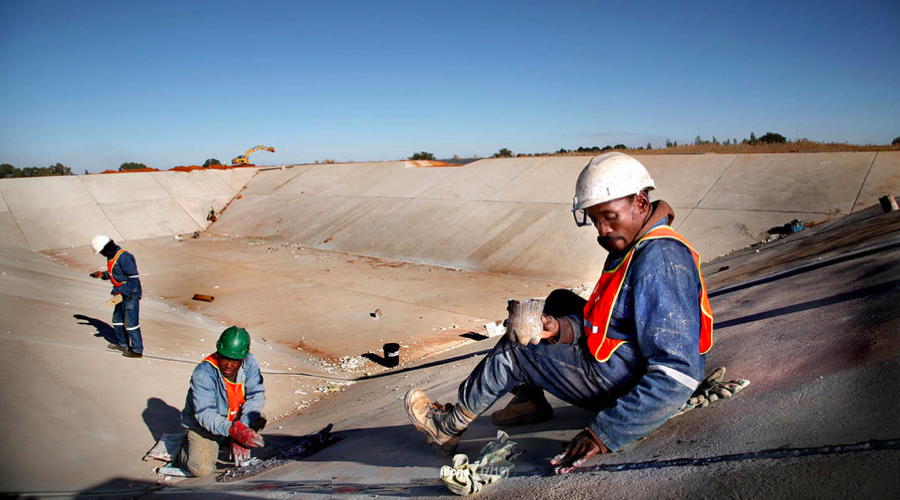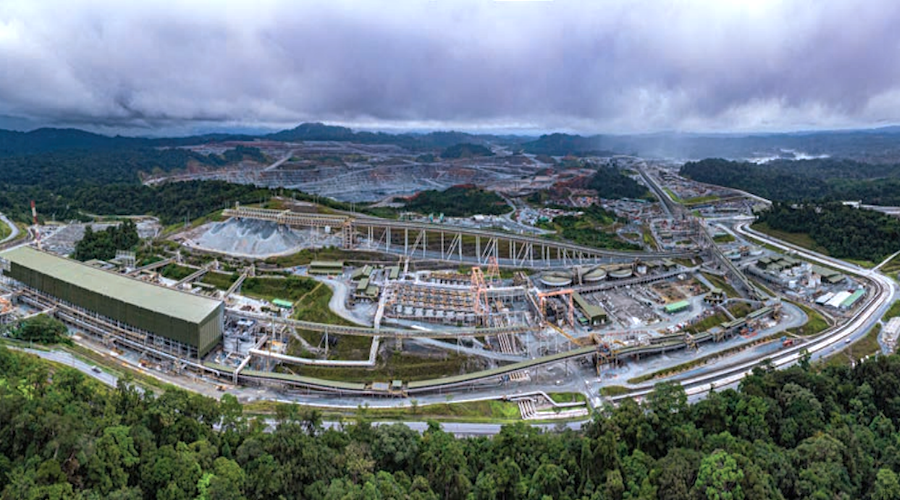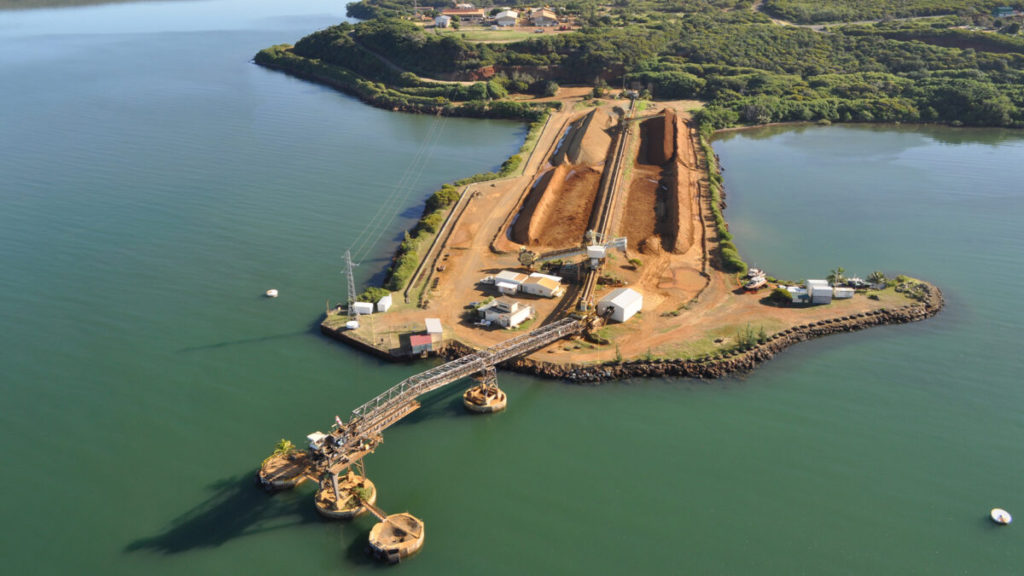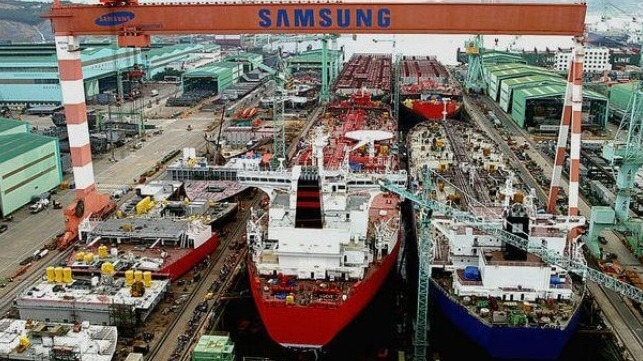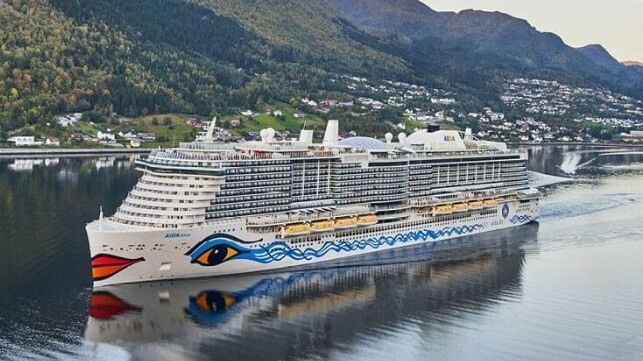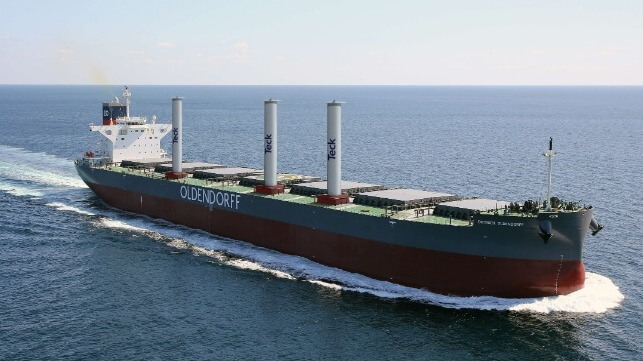A Silicon Valley firm dubbed KoBold Metals has announced what it says is a huge copper deposit discovery in Zambia—one of the biggest producers of the metal in Africa.
Kobold Metals uses artificial intelligence to explore the Earth’s crust to find metals and critical minerals for the energy transition. The company has the financial backing of Jeff Bezos and Bill Gates, as well as Richard Branson and Ray Dalio, among others.
Per its own website, Kobold Metals aims to accelerate the “clean energy future” by securing the metals and minerals that this future will need in significant quantities. It does that by using AI to explore for these metals and minerals.
It now appears that this use of AI has paid off in the Mingomba project in northern Zambia—near the border with the Democratic Republic of Congo, on whose other side sits the Kamoa-Kakula copper mine, one of the largest in the world.
A spokesperson for the California company told CNBC this week that the project “will be one of the world’s biggest high-grade large copper mines.” It is indeed a timely discovery since the energy transition essentially rides on copper, and new mine openings are a rare occurrence these days.
KoBold started making plans for the Mingomba project last year before it confirmed the scale of the deposit. Reuters reported in September, citing company executives, that KoBold planned to put $150 million into speeding up the exploration work on the project. The rush was motivated by the urgent demand for more copper.
Indeed, there have been a lot of warnings from the mining industry and energy analysts that a copper shortage could interfere with the planned pace of the energy transition. This has added to worries that the targets set out by various countries will remain elusive despite the amount of effort invested into pro-transition regulation and attempts at eliminating competing technologies via ICE car bans and gas boilers.
Yet despite these warnings, ramping up the global output of the basic metal has been challenging for several reasons. One is that a new mine takes a lot of upfront investments, and somebody has to come up with it. To come up with it, investors need to be sure there will be a return on this investment, and miners have become extremely cautious when it comes to such investments—because copper prices do not justify them.
This is the paradox of the copper market right now. Everyone seems to believe that a shortage is looming as demand skyrockets, with millions of EVs envisioned on roads and millions of wind and solar farms covering the planet’s surface. But copper prices don’t follow these visions—they follow economic indicators that could point traders to where the global economy is going. And those indicators are not flashing green right now, it seems.
There is also the problem of forecasts versus reality. It is true that EV sales are rising, but they are rising nowhere near fast enough for the forecasters that saw them going mainstream years ago. What’s more, EV makers are scaling back their manufacturing plans on weakening demand. That’s not exactly motivating for miners.
This appears to be the reason why KoBold Metals is using private capital to finance its exploration and development work in Zambia. The company said soon after its discovery announcement that it might look for partners to shoulder the $2-billion financial burden of turning the Mingomba discovery into a producing mine. This, according to the company, should take about a decade—highlighting one of the insurmountable obstacles along the way of higher copper supply.
Copper mines are not shale wells. They cannot start producing a few months after breaking ground. Copper—and all other—mines take years to turn into a production facility. Perhaps all those upbeat transition forecasters should have factored this into their forecast for a more comprehensive, realistic picture of the transition.
By Irina Slav for Oilprice.com
